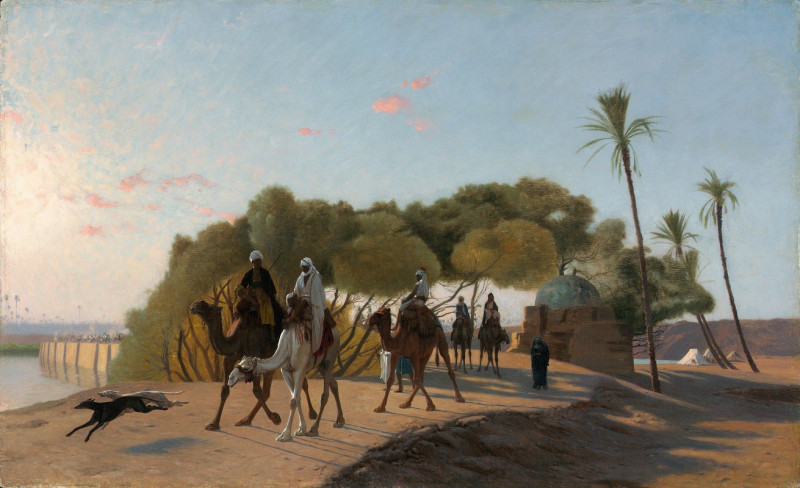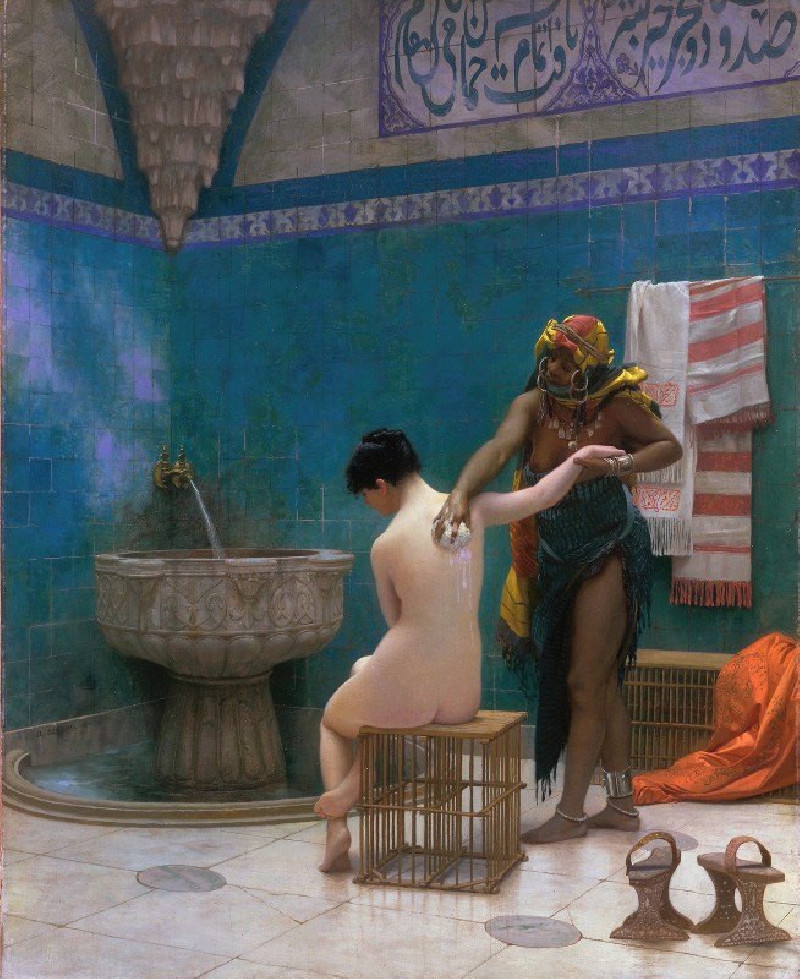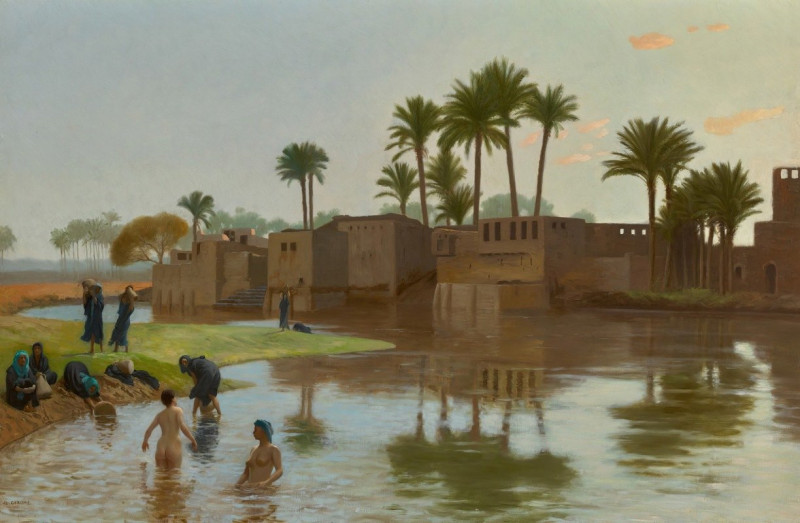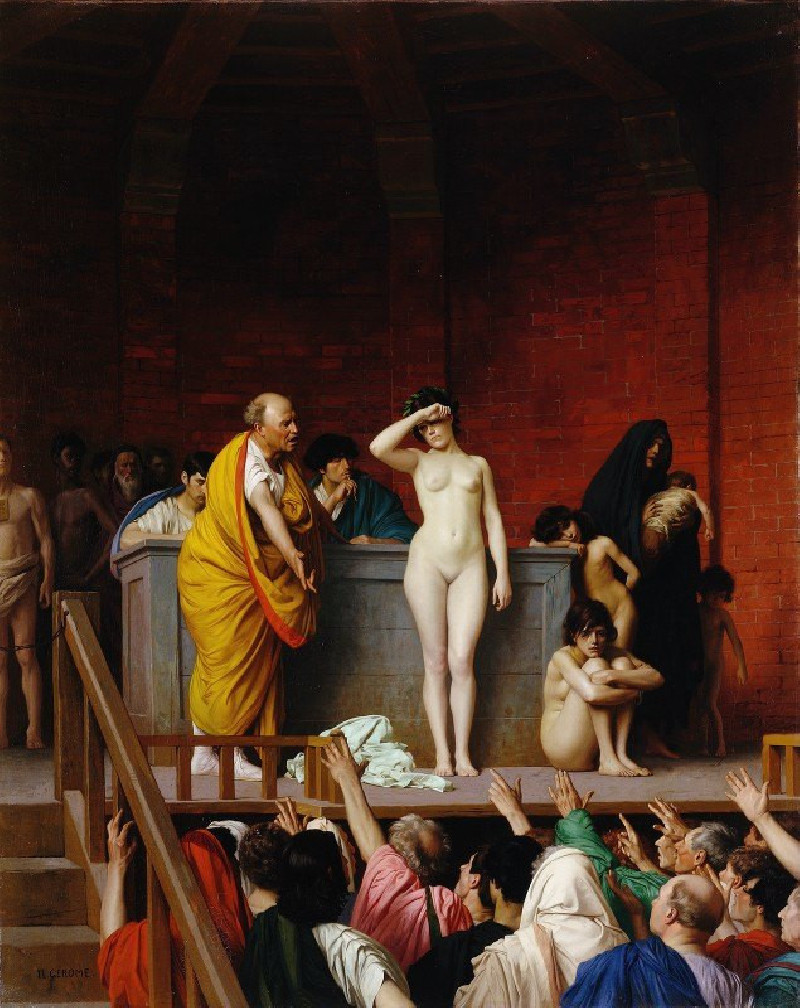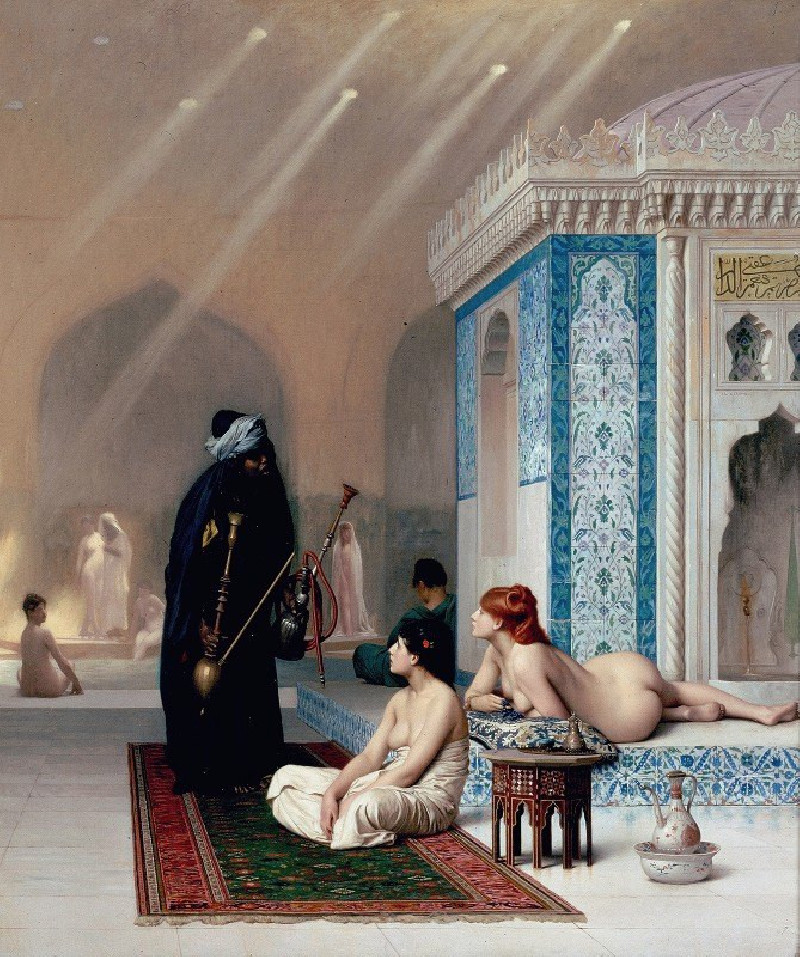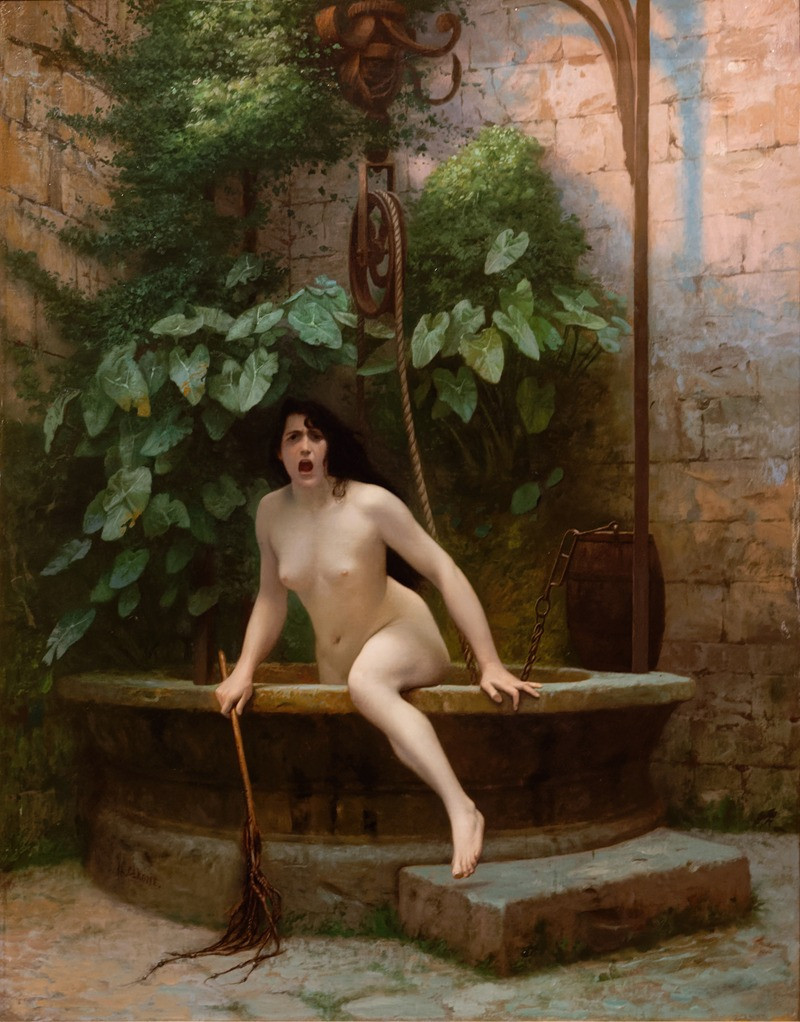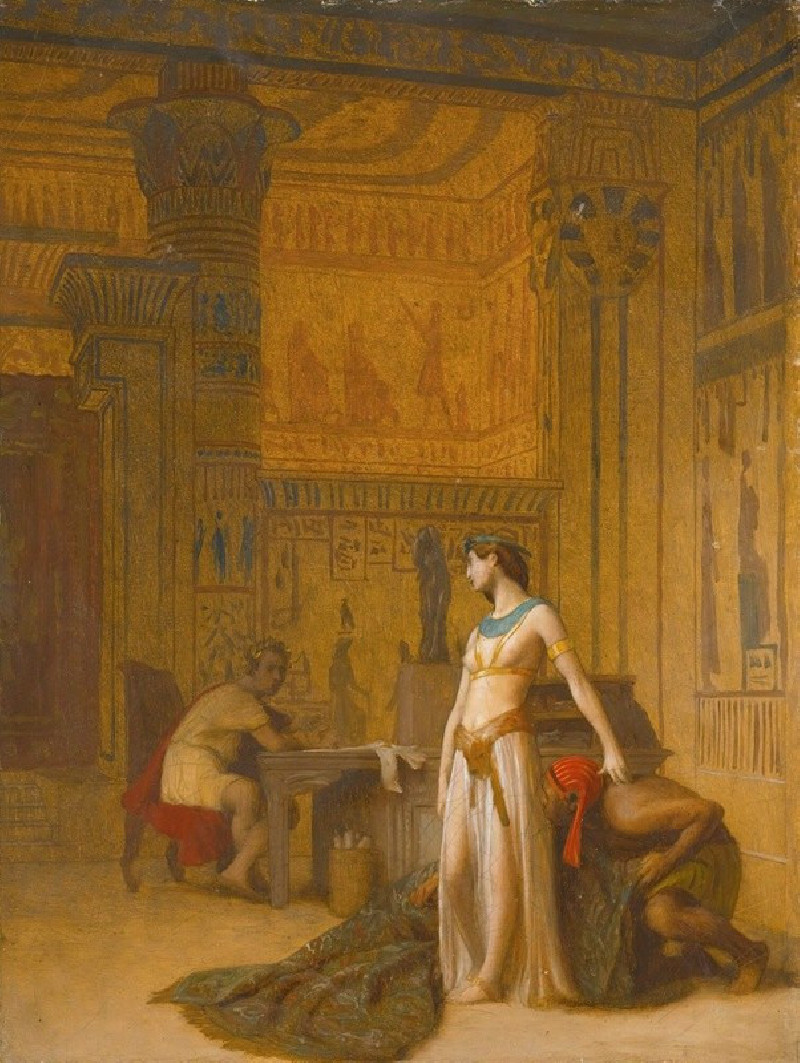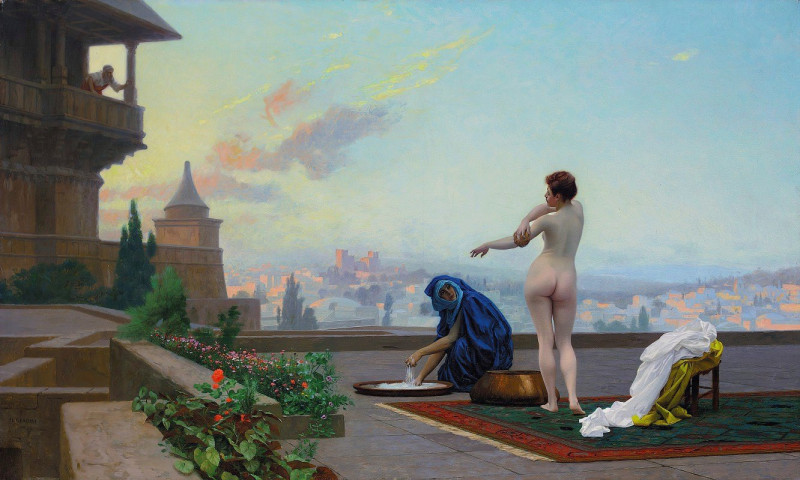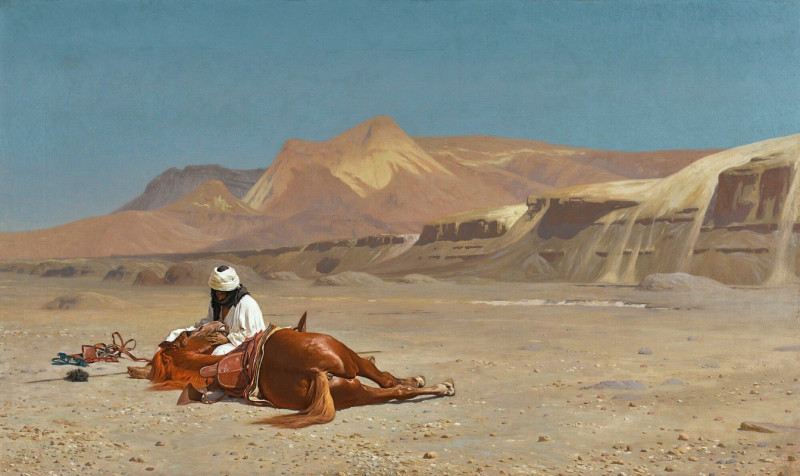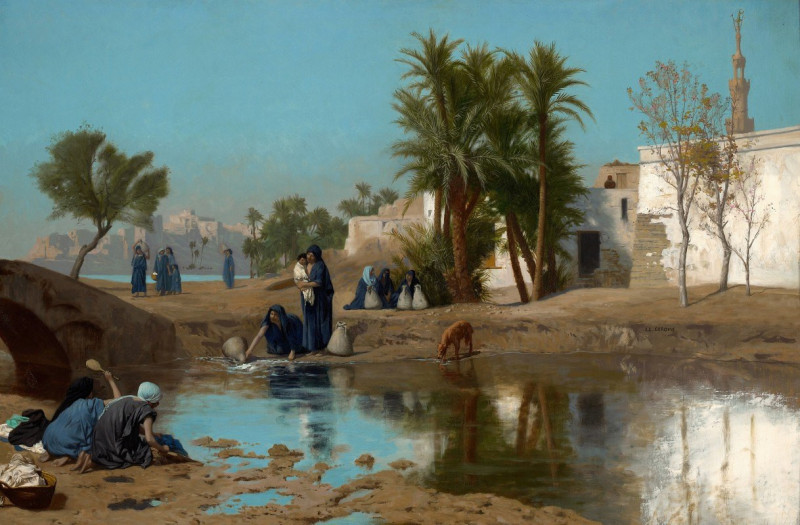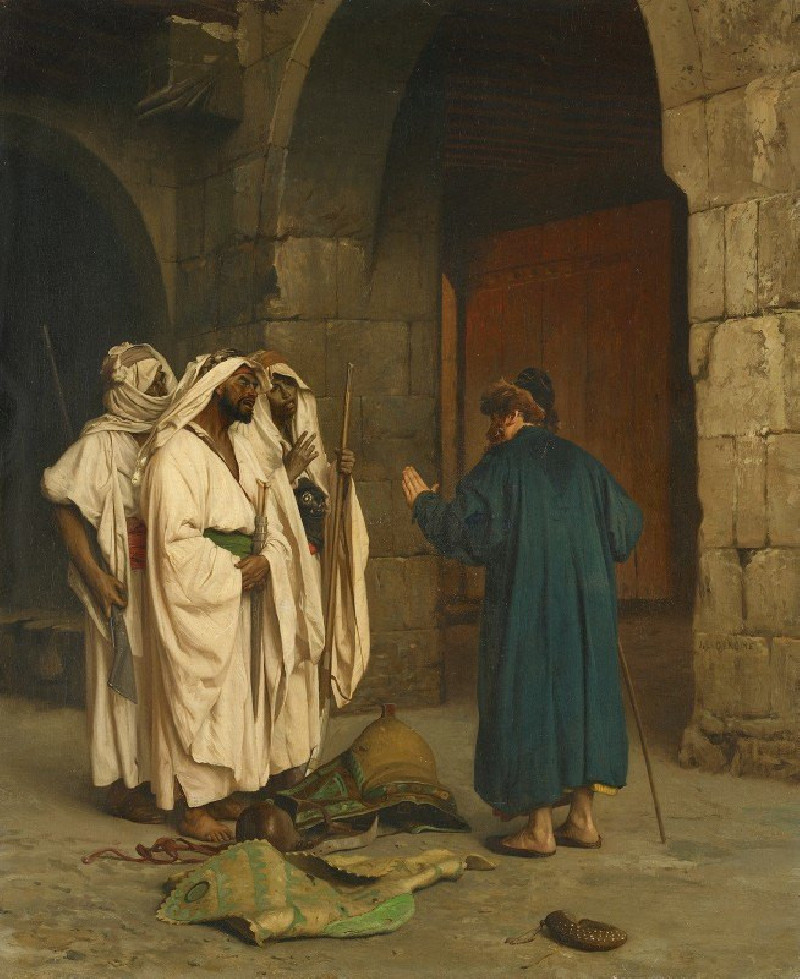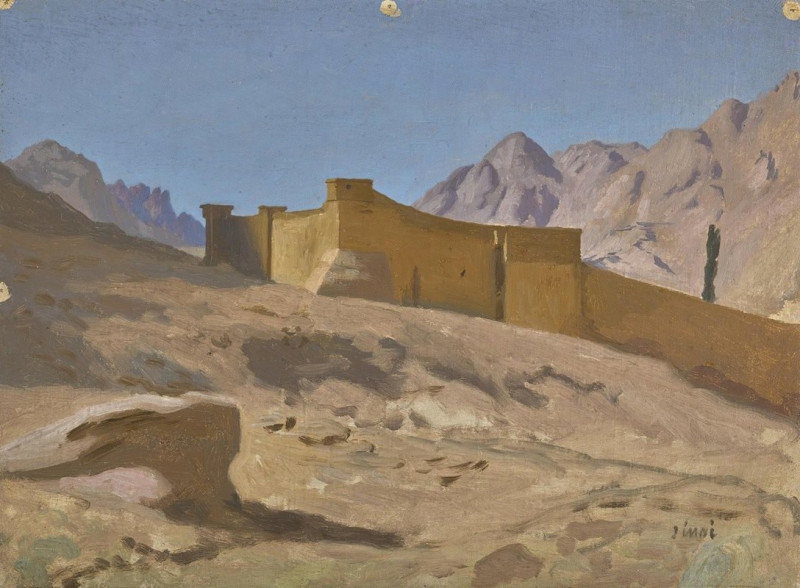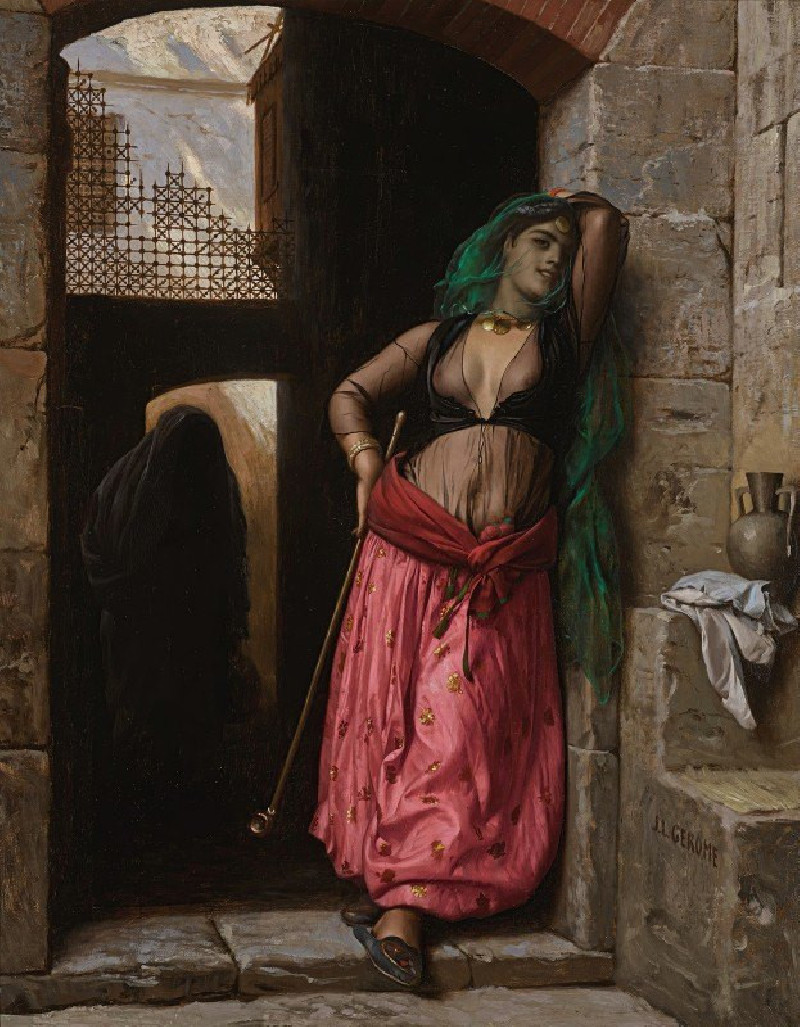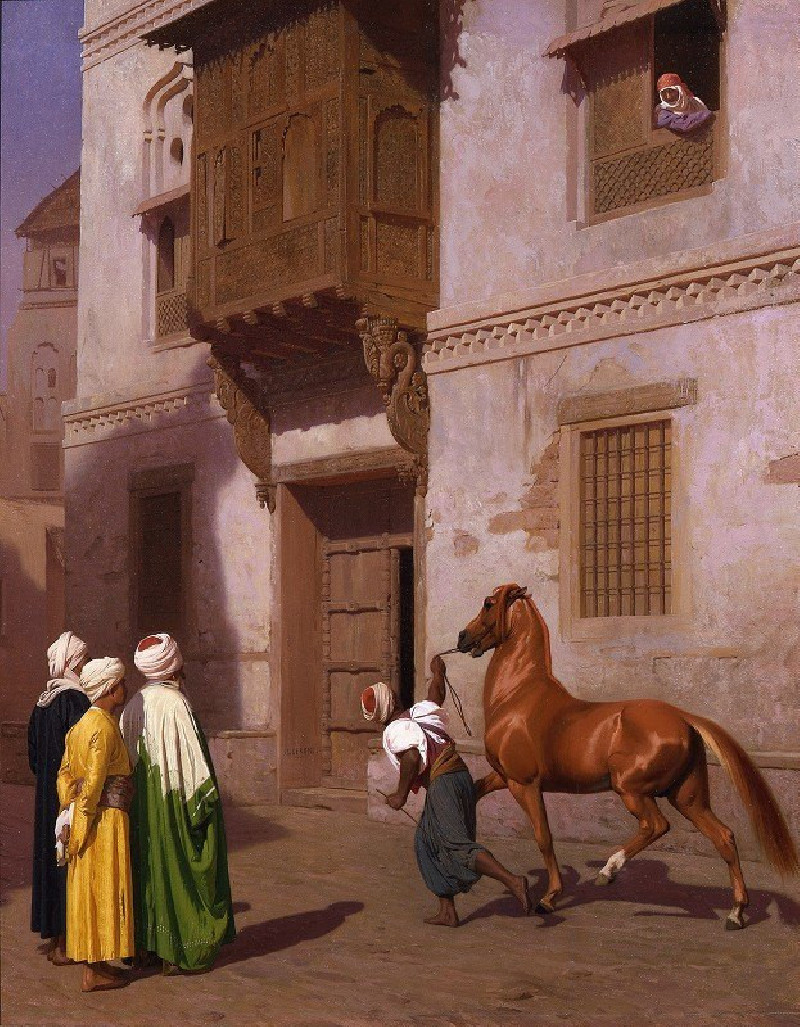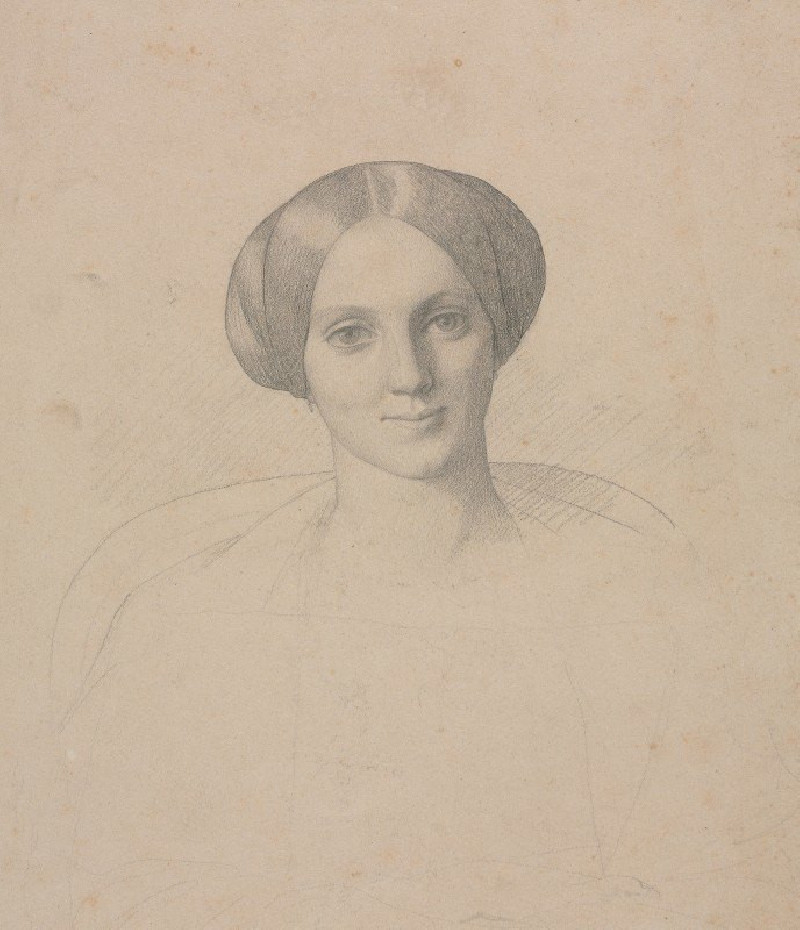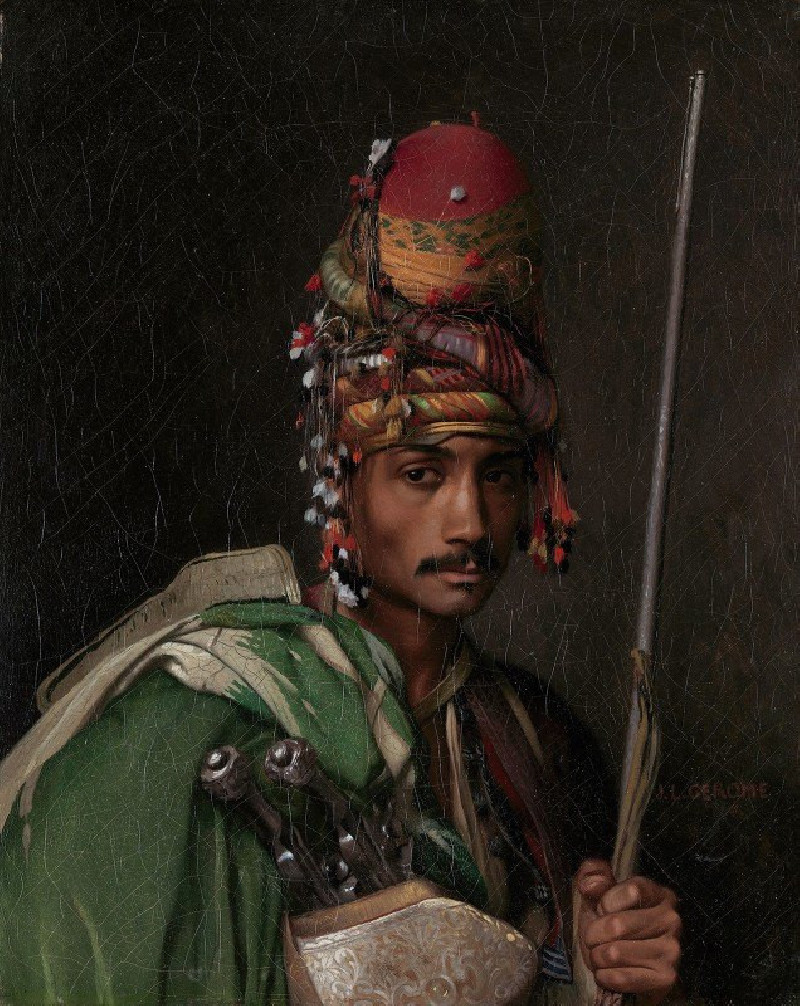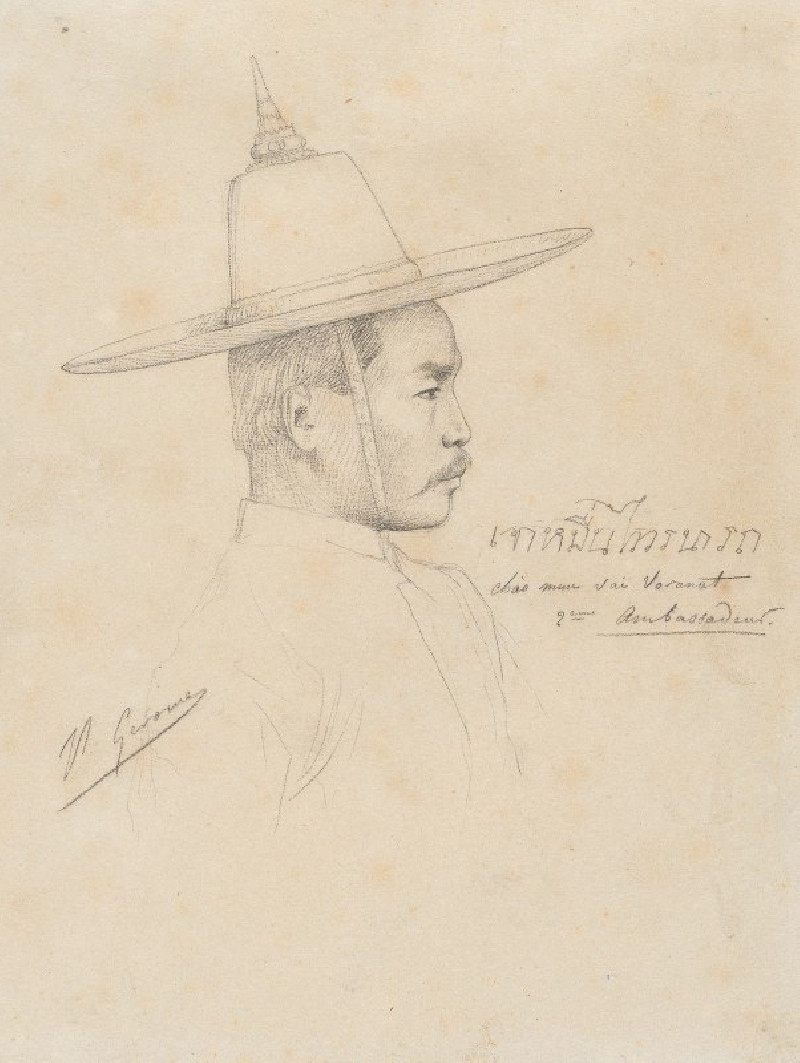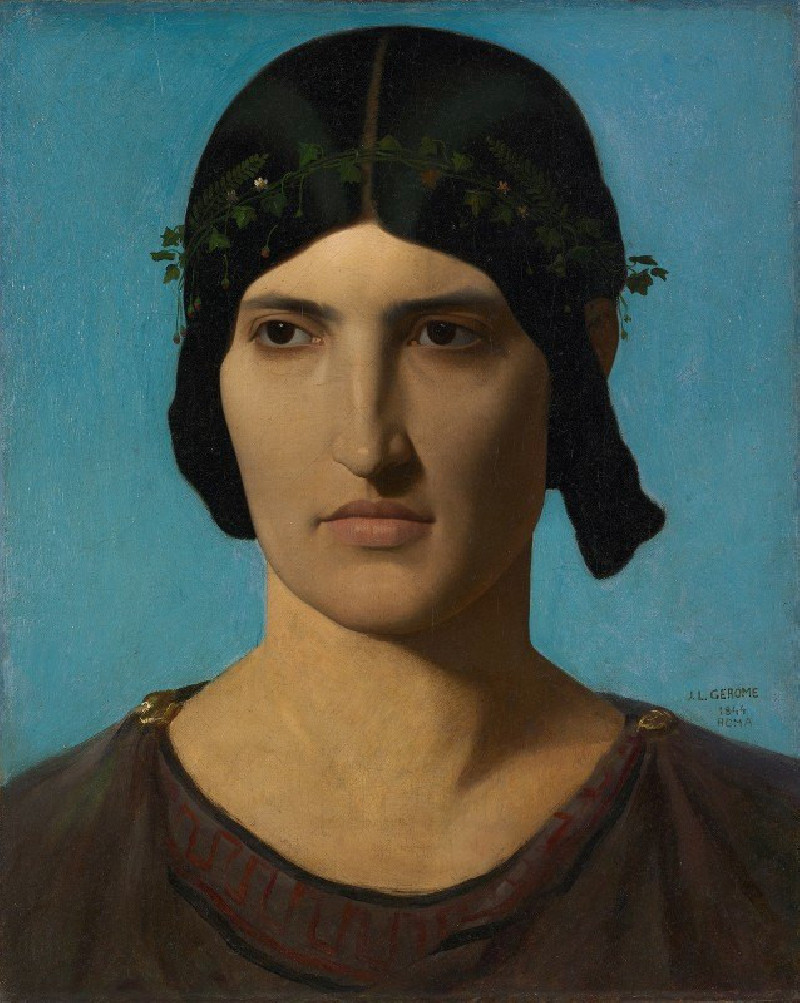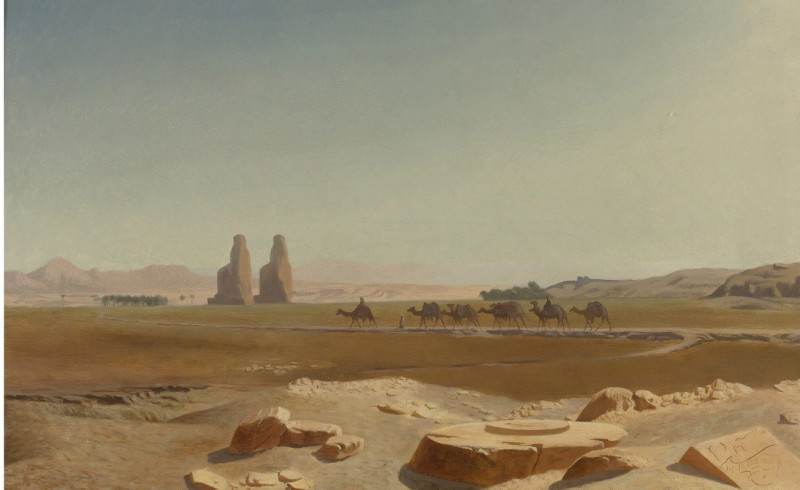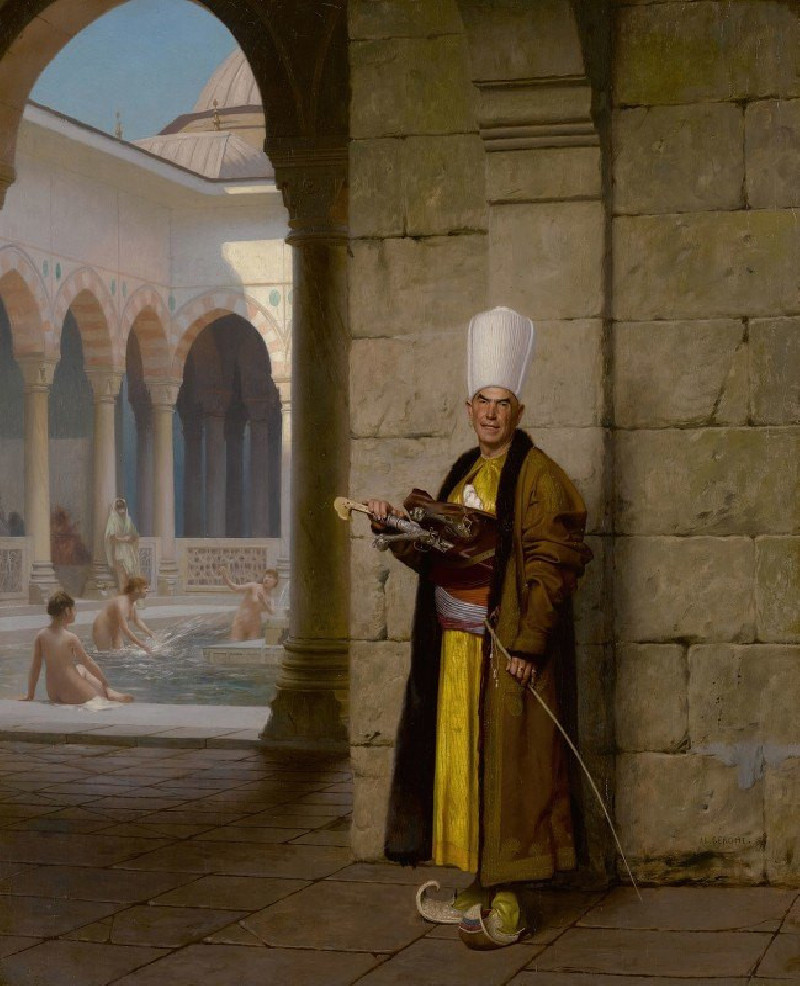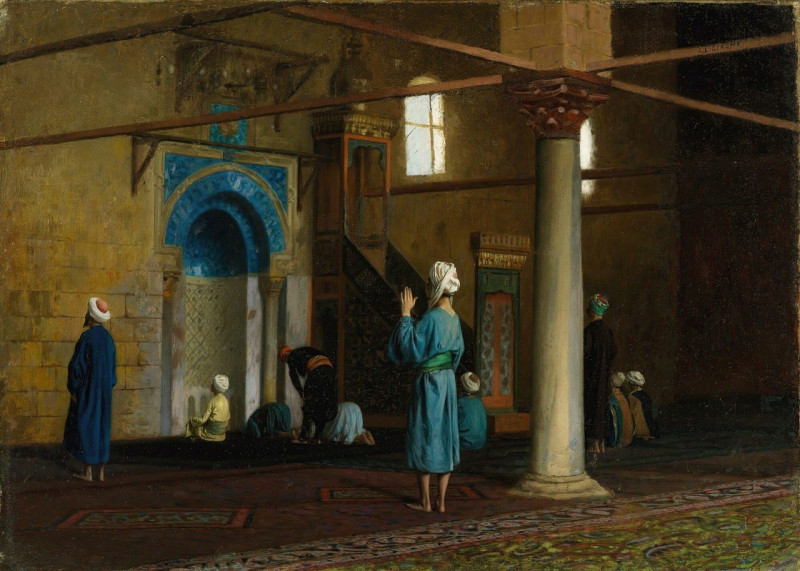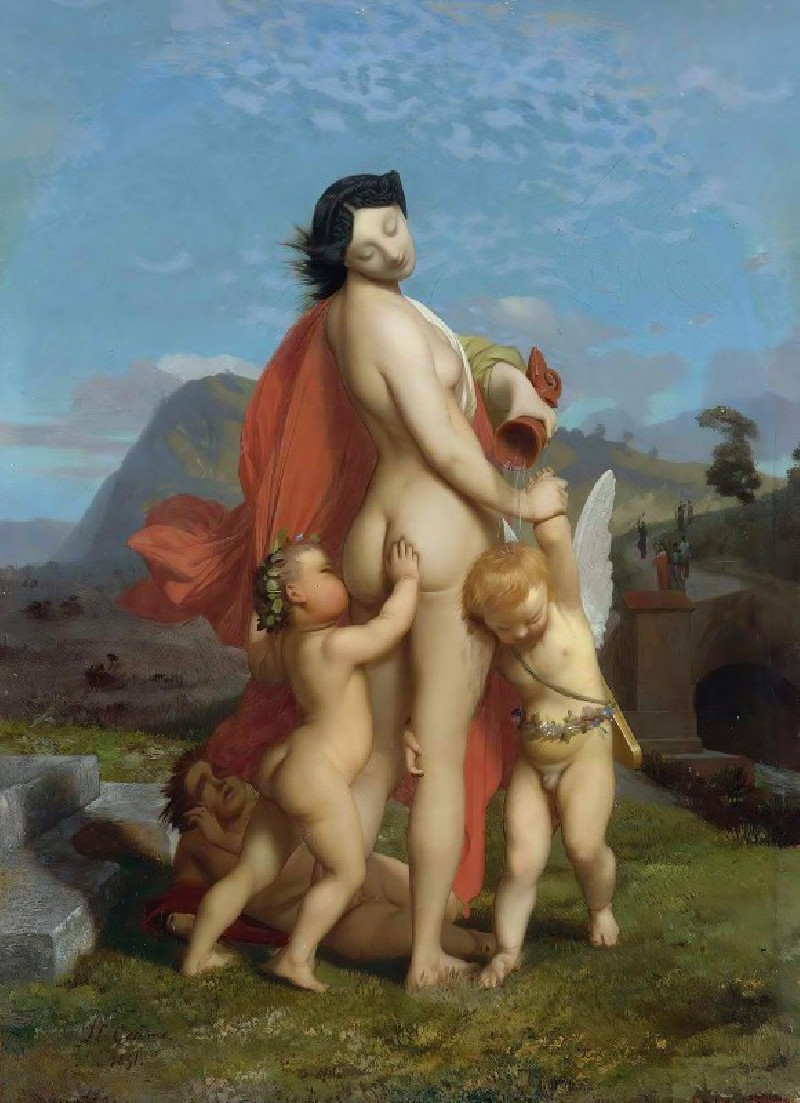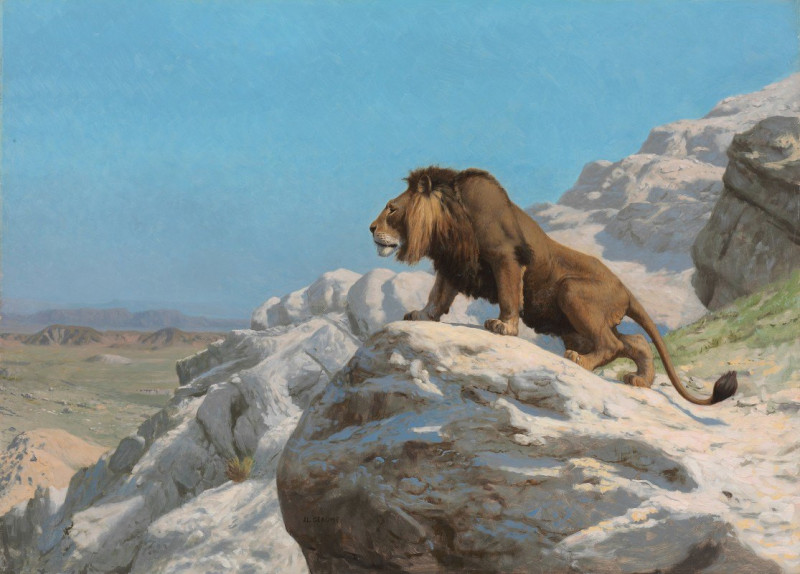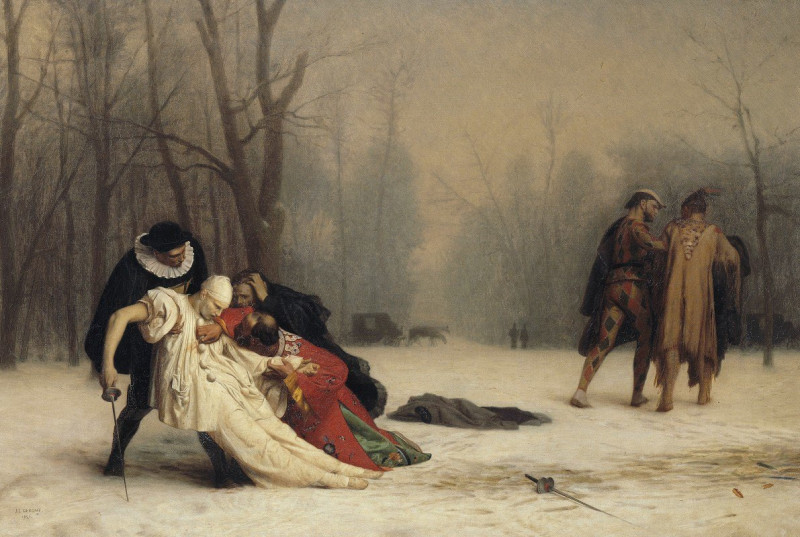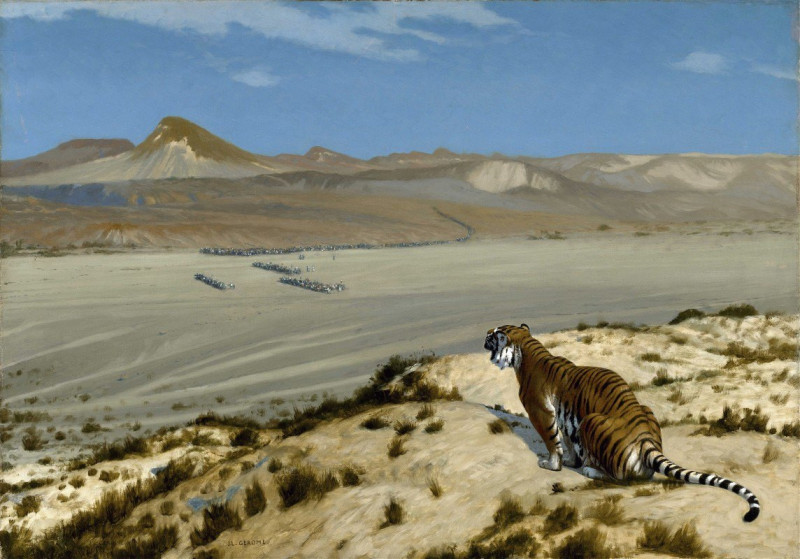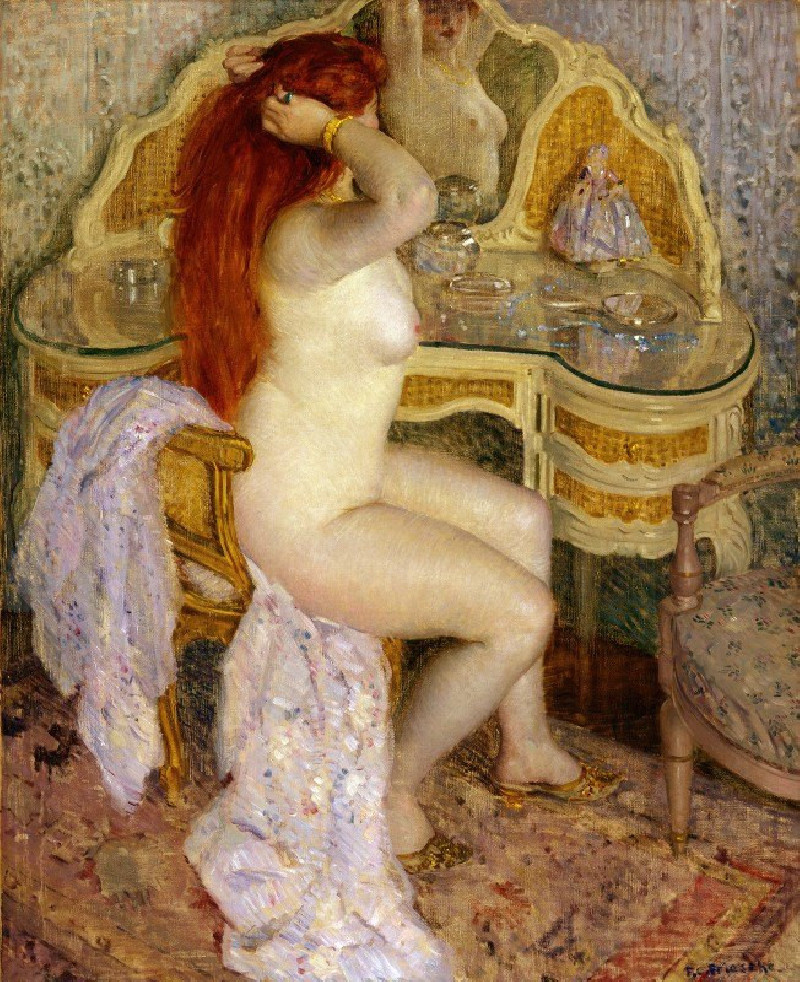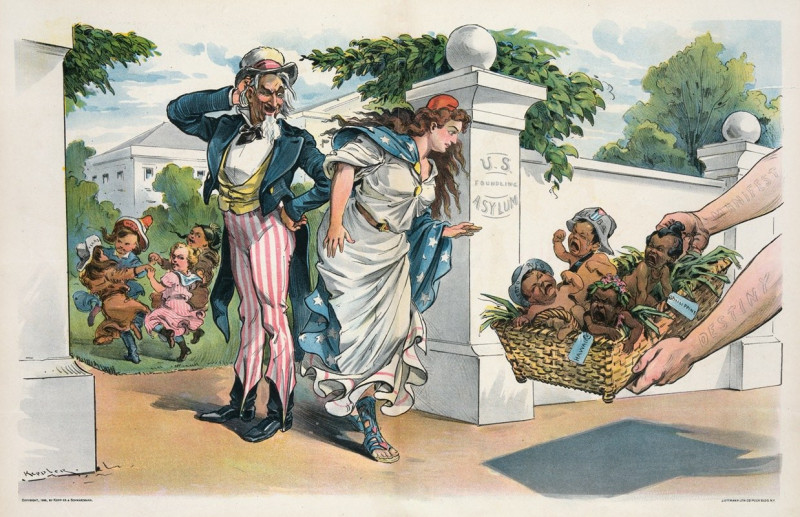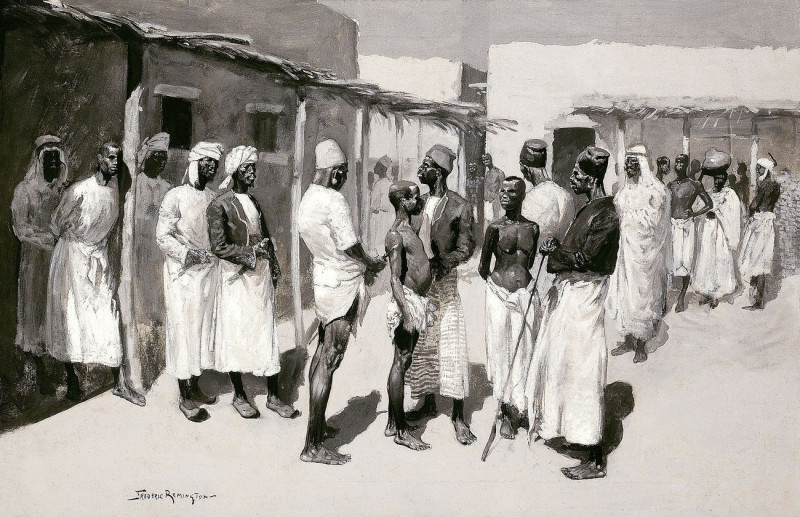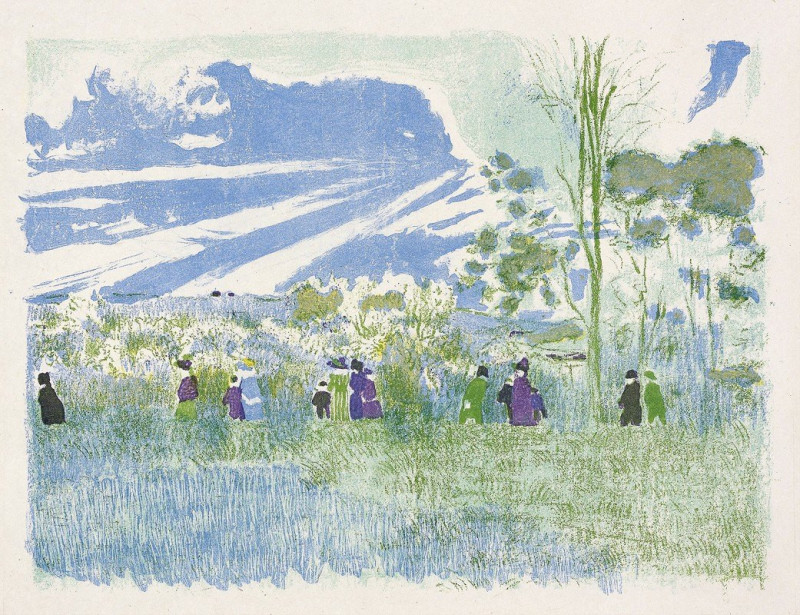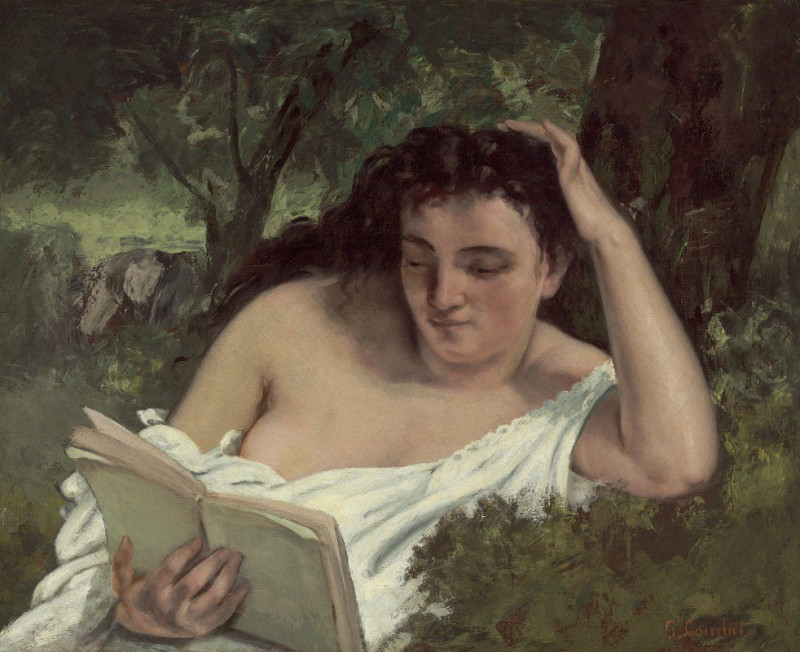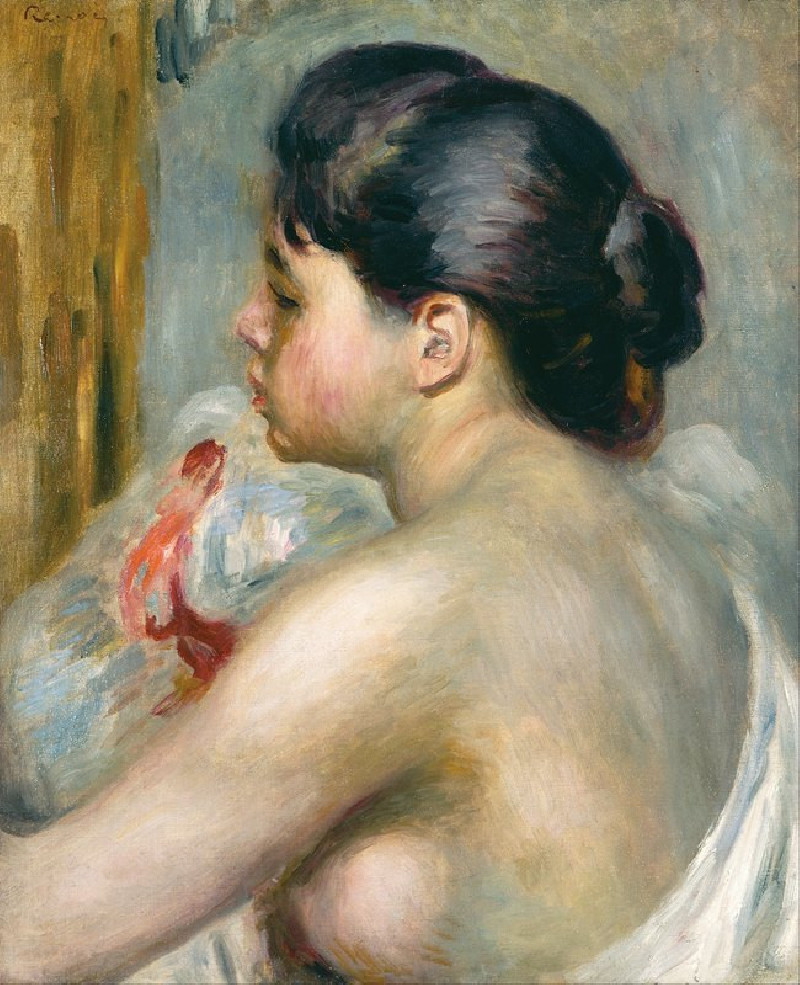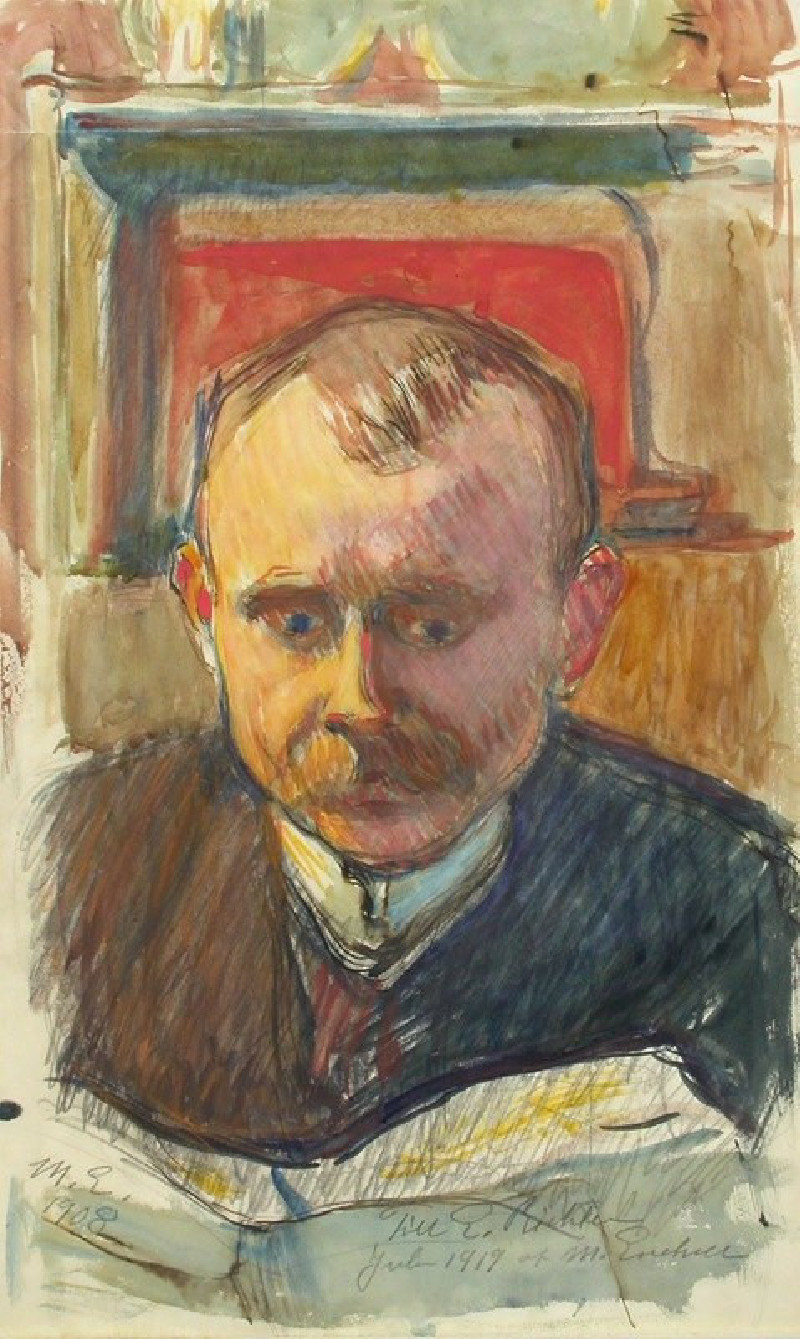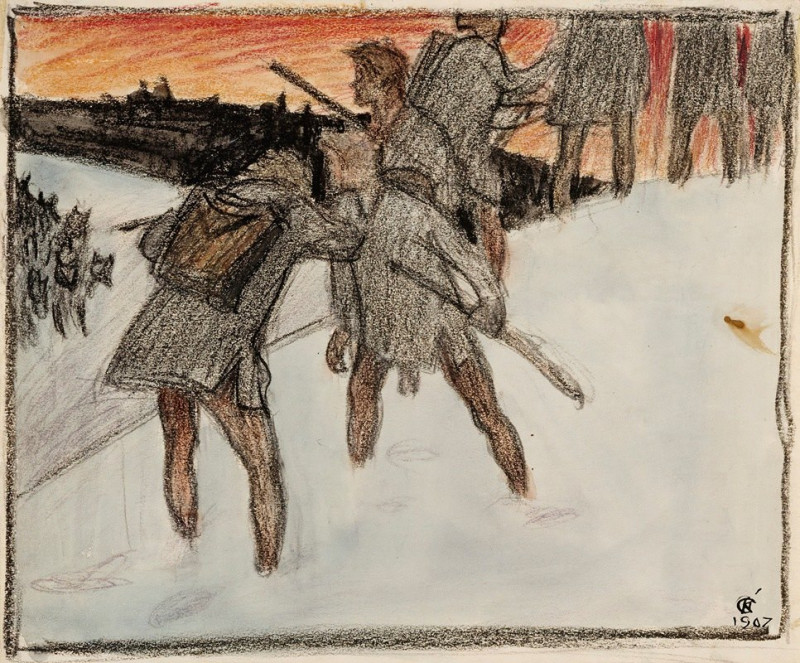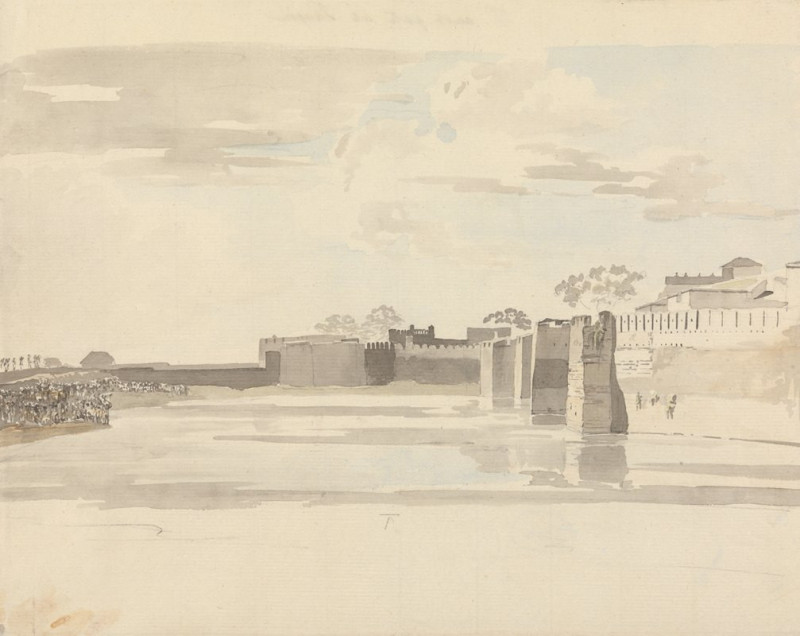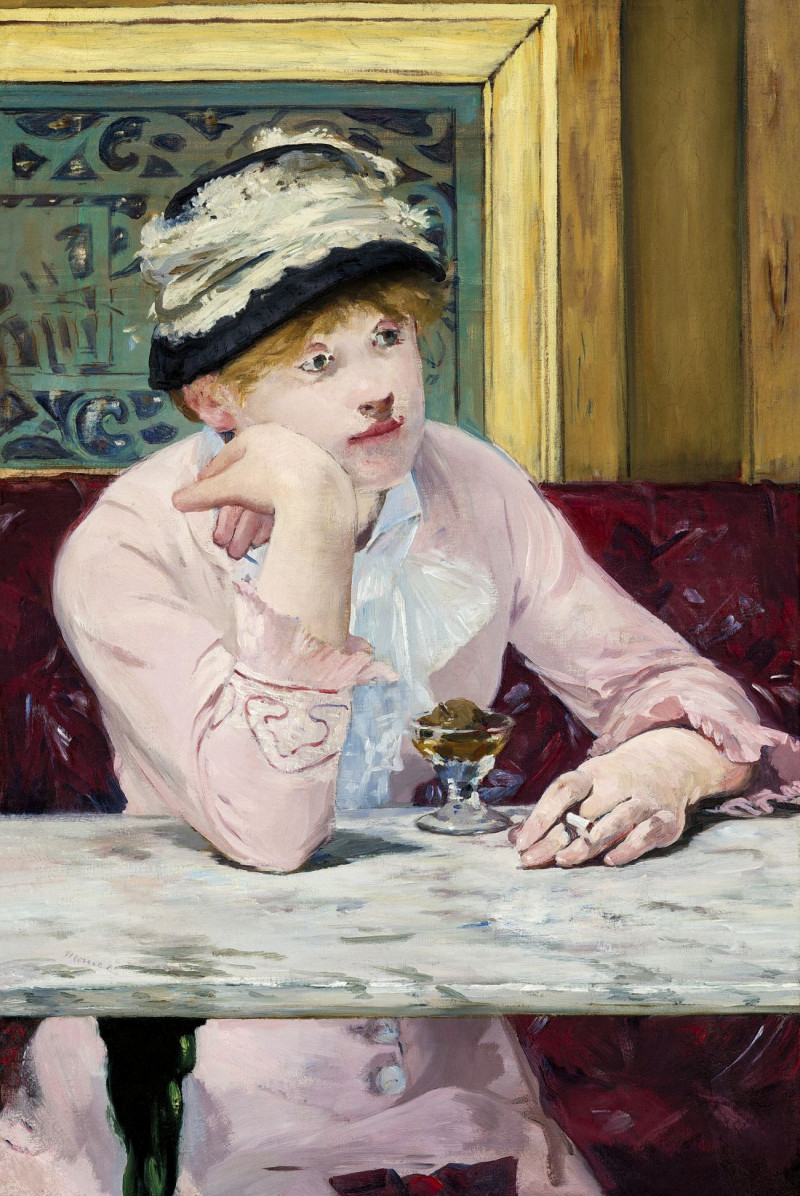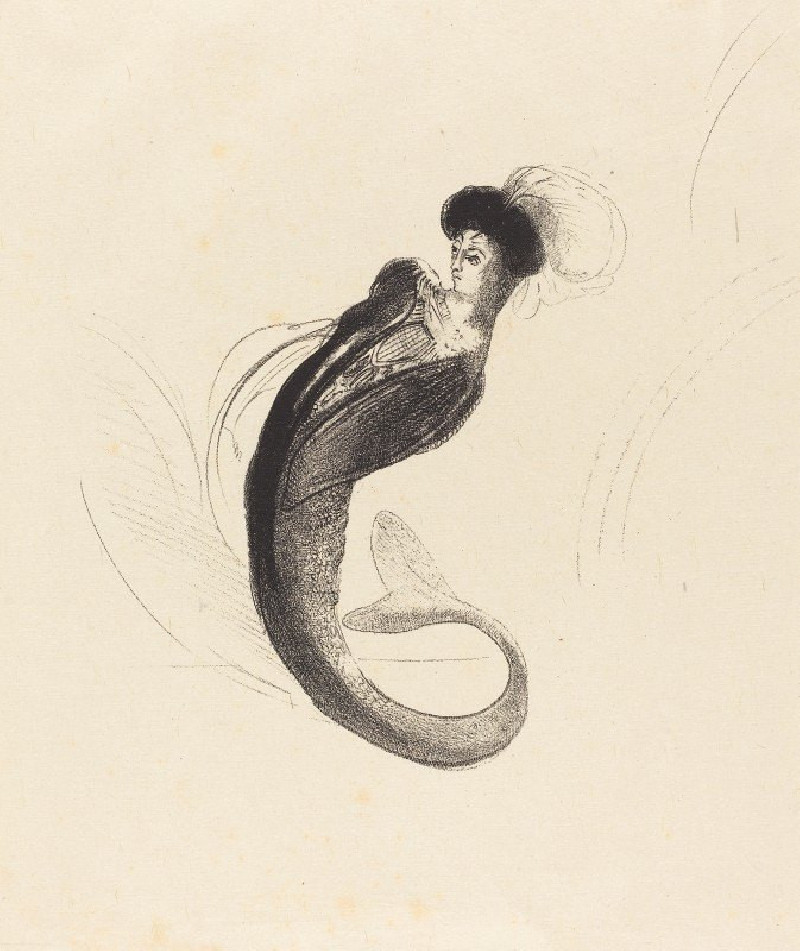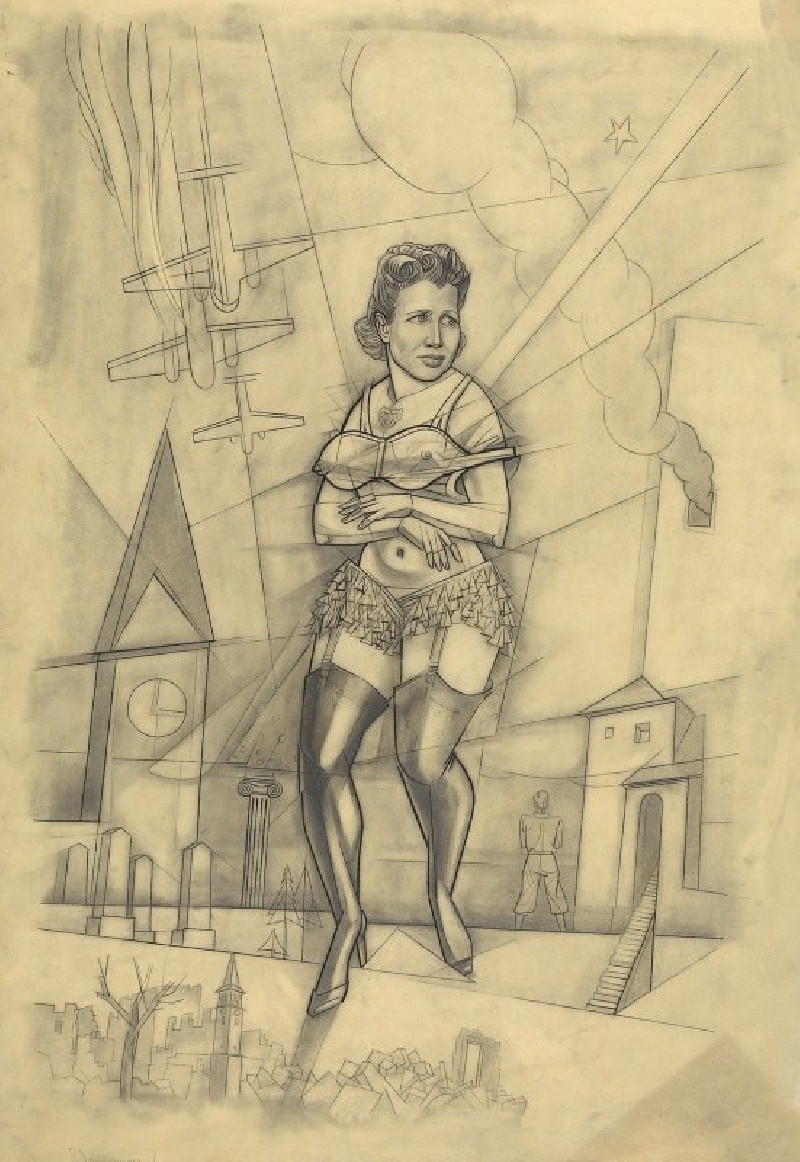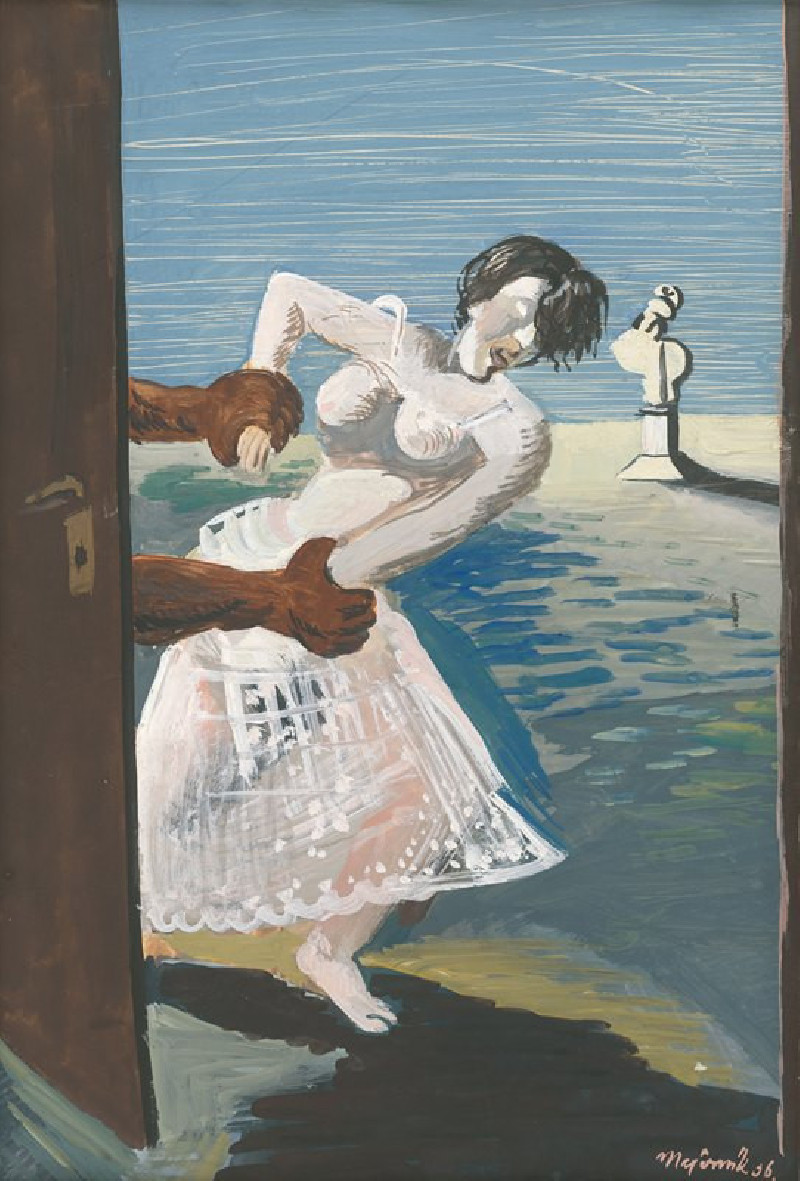Leaving the Oasis (1880s)
Technique: Giclée quality print
Recommended by our customers
More about this artwork
"Leaving the Oasis" is a captivating painting by the renowned French artist Jean-Léon Gérôme, crafted in the 1880s. This artwork masterfully depicts a tranquil yet poignant scene of a group departing an oasis, enveloped in the soft, warm light of early sunset.The painting showcases a caravan slowly making its way along a dusty path, likely resuming their journey after a restorative halt at the oasis. At the forefront, a man rides a white camel, leading the procession, followed by others on camels and on foot. One camel in the middle carries a vibrant, draped canopy under which a woman rides, adding a touch of color and intrigue to the caravan’s composition.A beautifully rendered blue-domed structure peeks through lush palm trees and dense foliage on the right, hinting at the sanctuary the group is leaving behind. This architectural feature, combined with the detailed depiction of the palms, enhances the authenticity of the scene, placing the viewer right in the heart of an exotic landscape.The sky above the caravan is painted with delicate hues of blue and pink, suggesting the onset of evening and adding a dreamy, almost melancholic atmosphere to the scene. A dog, energetically running ahead of the group, injects a sense of motion and vitality into the tranquil setting.With its exquisite attention to detail and its evocative portrayal of light and scenery, "Leaving the Oasis" is not just a visual delight; it is a narrative piece that speaks of journeys, both literal and metaphorical, and of the transient nature of stops that offer respite along the way.
Delivery
Returns
Jean-Léon Gérôme was a French painter and sculptor in the style now known as academicism. His paintings were so widely reproduced that he was "arguably the world's most famous living artist by 1880." The range of his oeuvre included historical painting, Greek mythology, Orientalism, portraits, and other subjects, bringing the academic painting tradition to an artistic climax. He is considered one of the most important painters from this academic period. He was also a teacher with a long list of students.

